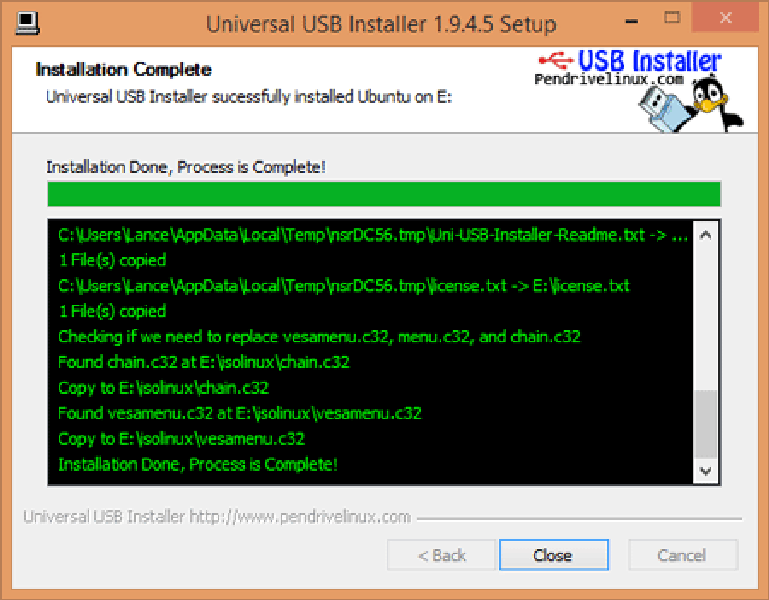

Navigate to the USB3 Fix folder at the command prompt as follows: cd /d "C:\USB3 Fix".Copy the following files from your USB flash drive into the USB 3.0 Fix folder:.I recommend you to use a USB boot drive, because it is very easy to update it. Now you need to update your setup disk or USB boot drive. Inside that folder, create 2 separate folders: "USB3" and "mount".Įxtract all of the drivers you downloaded into that USB3 Fix\USB3 subfolder.

Intel eXtensible USB 3.0 Host drivers Win 7Įxtract the downloaded drivers to a folder of your choice.Here are some of the most popular drivers for your reference: Another option, for those who use both Windows and Mac OS regularly, is to partition your hard drive and have a portion of the drive formatted for each OS.To fix this problem, the first step you should take is download USB 3.0 drivers for your device motherboard. There are tools available to use NTFS on a Mac (Fuse) or HFS on PC (HFSExplorer). Windows will not detect this file system without a third party utility. Only use this option if the drive will only be used in Mac OS. Mac OS Extended is the native solution for Mac users and has the max file size of any of them.It has a much larger max file size but is read-only on Mac OS X (unless you install a third party NTFS read/write utility). NTFS format is the file system Windows likes to use by default for internal drives running the operating system or used as a secondary storage drive.Older operating systems might require an update to properly read and write to a USB drive with an exFAT file system. It doesn’t have the 4GB file size limit and it’s compatible with most Windows and Mac operating systems. exFAT is the ideal file system for USB flash drives.It is the most compatible file system for older/modern computers (PC and Mac) plus gaming consoles and other devices with a USB port. Most USB flash drives will have a FAT32 file system out-of-box. FAT32 is a common option you’ll hear because it’s recognised by both Mac and Windows operating systems, but it offers no security and caps files at 4GB in size.The file systems most commonly used in USB flash drives are: When formatting your drive, it’s important to understand the different formatting options available for your ideal use.


 0 kommentar(er)
0 kommentar(er)
